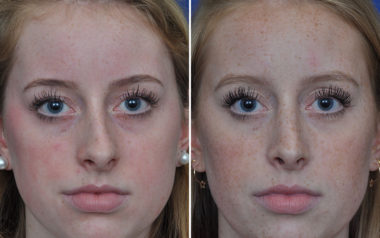Breathing Through Nose After Septoplasty. After the surgery, I typically use i. A deviated septum may block air coming through one or both nostrils.

Breathing Freely after Septoplasty For years I've had issues with my breathing.
During septoplasty, the surgeon makes incisions inside the nose.
You may need a septorhinoplasty if you have a deviated septum. It's often done at the same time as rhinoplasty — but unlike rhinoplasty, septoplasty doesn't reshape your nose. Septoplasty is the only way to correct a deviated septum, which can make breathing through the nose difficult and force breathing through the mouth. I had a septoplasty with the silicone doyle splints put in. The wound on your nose will heal fairly quickly, and your breathing is likely to improve shortly after the procedure. However, if packing is in the nose, the patient will have to breathe through the mouth until the material is removed.
Only those deviated septum cases that cause symptoms, such as breathing problems through the nose, recurrent nasal infections, ear infections, headache, fever, nosebleed, nasal congestion, and nasal tenderness. However, the overall healing process can be slow. The septum is the wall of bone and cartilage that divides your nose into two separate nostrils. After the surgery, I typically use i. It may take up to three months for the nose to achieve maximum clearness. With a deviated septum, the septum wall inside your nose is crooked and blocks some air passing through.
This makes it harder for you to breathe through your nose. Only those deviated septum cases that cause symptoms, such as breathing problems through the nose, recurrent nasal infections, ear infections, headache, fever, nosebleed, nasal congestion, and nasal tenderness. You may need a septorhinoplasty if you have a deviated septum.



&w=538)
&w=)

